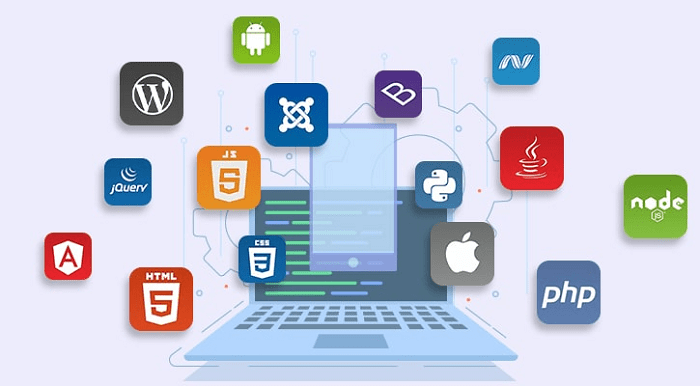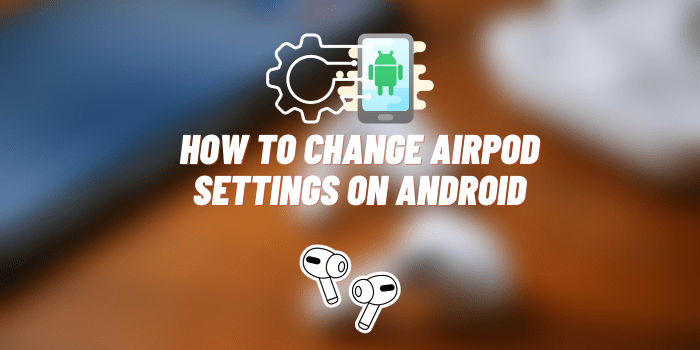Unveiling the Evolution of Web App Design Trends in 2023
The way we engage with apps has changed dramatically as a result of the revolution that web design has brought to the digital world. According to Statista, as of January 2023, there were over 4.9 billion active internet users worldwide, highlighting the vast audience for app design. We’ll go into the realm of app design in this post and examine the newest developments influencing the sector in 2023. But first, let’s define web app design and set it apart from website design before we get into the most recent developments. Welcome to the world of modern web app design!
Uncovering the Concept of Web App Design

For apps that run in web browsers, web design includes building user interfaces (UI) and user experiences (UX). These programs offer dynamic and interactive features that give consumers a fluid and interesting experience. Web applications are intended to carry out specific activities and give specialized answers to users’ demands, in contrast to web pages that are generally informational in nature.
Distinguishing Web App Design from Website Design
Despite their apparent similarity, web app design and website design have different objectives. The main goal of website design is to offer users with material and information, usually in a static style. Web app design, on the other hand, focuses on developing user interfaces that support user interactions, enabling users to carry out particular operations or tasks inside the program. Mobile web apps have a broader reach than native mobile apps. The total number of mobile web users is approximately three times higher than the number of mobile app users.
Relevant Web App Design Trends in 2023

Keeping up with the most recent app design trends is essential in the quickly changing digital market. The following are some of the key trends influencing the market in 2023:
- Minimalistic Design: Modern app design emphasizes simplicity. The user experience is improved and key functions may be concentrated on more effectively with minimalist interfaces that include clear layouts, lots of white space, and simple navigation.
- Dark Mode: This energy-saving and aesthetically pleasing option has grown in popularity in recent years. Users like having the choice to switch to a darker UI for easier reading and less eye strain, therefore this trend is predicted to continue in 2023.
- Microinteractions: Users receive immediate feedback on their activities through small animations or feedback loops known as microinteractions. These microinteractions, which range from progress indications to button hover effects, increase user engagement and foster a sense of involvement.
- Voice User Interface (VUI): With the widespread usage of voice assistants and smart speakers, it is important to include voice user interfaces while designing online apps. VUI improves accessibility and convenience by enabling voice commands for user interaction with online applications.
- Enhanced User Engagement: Users are more likely to explore and utilize an app when it has appealing interfaces and engaging features since they are hooked. Also, generate QR codes to increase the usability of your app.
Evolution of Web App Design
From its early stages, modern app design has advanced significantly. In the past, utility was the main emphasis of app design, with aesthetics frequently taking a second. The focus now is on developing aesthetically pleasing interfaces that provide smooth and intuitive experiences as a result of technical improvements and shifting consumer expectations.
Steps to Create User-Centric Web App Design

Designers should use a user-centric perspective in order to produce a web app that fully satisfies the user’s demands. The necessary steps are as follows:
- Research and analysis: Recognize the target market’s preferences and problems. To inform the design process, conduct user research, evaluate rival designs, and gain insights.
- Wireframing and prototyping: Produce prototypes and wireframes to see how the app will look and function. Before moving on to the development phase, this stage enables iterative testing and improvement.
- Visual Design: Create a usable and accessible user interface (UI) that is aesthetically appealing and consistent with the company identity. To build a compelling user experience, take into account color palettes, typography, and visual hierarchy.
- Interaction Design: Put an emphasis on producing simple user flows and intuitive interactions for the web app. To increase user engagement and enjoyment, use feedback systems, microinteractions, and animations.
- Usability Testing: To find any usability problems or potential areas for improvement, conduct usability testing on actual users. Adapt the design iteratively in response to user input to guarantee a user-centric experience.
The Importance of Design
The success of an application is greatly influenced by the app design. Here’s why it’s essential:
- A better user experience is provided by well-designed web apps, which minimizes friction and increases user happiness.
- Enhanced User Engagement: Users are more likely to explore and utilize an app when it has appealing interfaces and engaging features since they are hooked.
- Brand Differentiation: A well-designed web app represents the brand’s personality and values, setting it apart from rivals and leaving consumers with a positive impression.
- Higher Conversion Rates and Improved User Retention: As users find value in the app and return frequently, intuitive design and easy user flows help to increase conversion rates and boost user retention.
Goals of Web App Design for Application Development
The following objectives are what app design seeks to accomplish while creating an application:
- Usability: Make an app that is simple to use, navigate, and comprehend in order to provide users a satisfying experience.
- Functionality: Design an interface with functionality that enables users to carry out desired tasks quickly and effectively.
- Accessibility: Follow accessibility standards and guidelines to make sure that the web app is accessible to a variety of users, including those with impairments.
- Scalability: Create an interface that is adaptable and scalable so that it can support upgrades and future improvements to address changing user demands.
In today‘s competitive digital landscape, web app design can’t be taken for granted. Given the significant role of design in web app success, partnering with a reputable web app development company that stays updated with the latest design trends is crucial for businesses. Such companies have a keen understanding of how design and functionality intertwine, ensuring a perfect blend of aesthetics and user experience. As businesses look to differentiate themselves and make a mark in the digital space, choosing the right web app development partner becomes paramount.
Conclusion
Web app design is still developing as a result of shifting user expectations, technology developments, and market trends. Designers may build interesting and user-focused experiences by adopting minimalistic designs, implementing dark mode, utilizing microinteractions, and embracing voice user interfaces. App design will continue to be a crucial component of application development in 2023 and beyond because of its influence on user pleasure, engagement, and company success.






